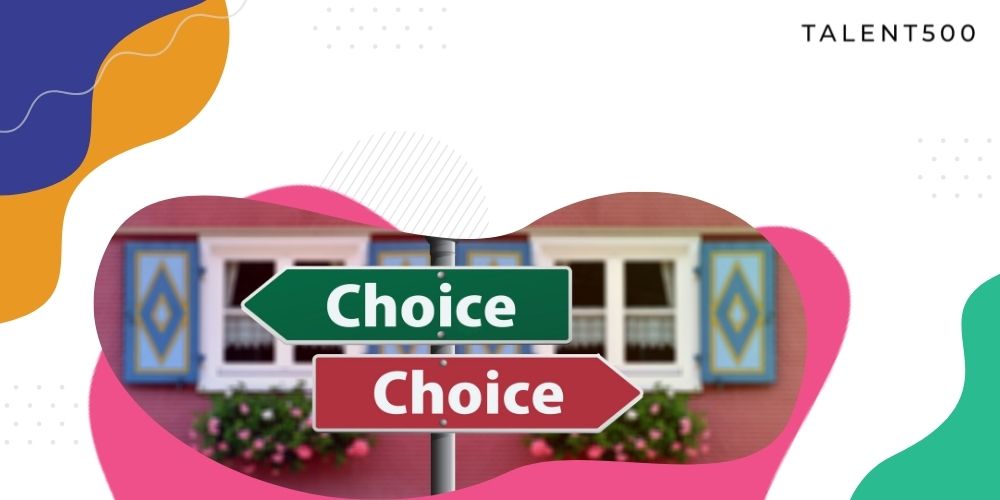Every job seeker at one point during his job search has wondered about the difference between a CV and a resume.
When applying for a job, it is important to know the difference between a Curriculum Vitae (CV) and a resume. Depending on which company you are applying for the job, you must know whether a CV is more appropriate or a resume, to present yourself as a strong candidate.
In this article, we will share what’s the difference between a CV and a resume, when to use them, whether one is better than the other, and more.
Let’s start by exploring what a CV is first.
What is a CV?
The term curriculum vitae or CV is Latin for “course of life.” A CV is an in-depth document that has your entire career path described in full detail. Usually, CVs are two or three pages long but depending on the experience and work details to be included, CVs are known to be as long as 10+ pages. In the US and Canada, A CV is used mostly for academic applications and not when applying for jobs. People applying for grants, research fellowships, and academic jobs use a CV as it has a complete account of their education, work experience, honours, awards, publications, and other achievements.
Here’s an example of what a CV looks like:
Types of CV formats
A CV can be formatted in three arrangements.
A Chronological CV: The most commonly used CV format, a chronological curriculum vitae lists work experience with the most recent position at the top. This is the right format for candidates who have prior work experience. It also highlights the skills and project experience predominantly, as in the image above.
A Functional CV: This format is also called a skill-based CV as it is used when a candidate wants to focus more on skills and work, rather than chronological work history. This is preferable for candidates who have not worked previously, or there’s a gap in their career history. People looking to switch careers can also use a functional CV.
Combination CV: As the term suggests, it is a combination of chronological and functional CV formats. If you want to highlight your skill as well as use a chronological work history format, this is the CV for you.
What should you include in a CV?
- Contact Information
- Research Objective or Personal Statement
- Education
- Professional Academic Appointments
- Books/Book Chapters
- Peer-Reviewed Publications and Other Publications
- Honours And Awards
- Grants And Fellowships
- Teaching Experience and Research Experience / Lab Experience / Graduate Fieldwork
- Non-Academic Activities
- Languages and Skills
- Memberships/Conferences
- References
Let’s move on to a resume.
What is a Resume?
A resume is a French word for “to sum up” and true to its meaning it is a concise document for job application. Unlike a CV, the purpose of a resume is to provide recruiters with a brief overview of a candidate’s work history. A resume is prepared to target a specific job and must be limited to one or two pages.
Here is a resume encapsulating important education, skill, and work experience information on a single page:
Just as CVs, resumes can also be of different formats.
Chronological resume: It is similar to a chronological CV and lists work experience in descending order starting with the most recent position at the top. A chronological resume is the industry standard that most hiring managers prefer.
Functional resume: This resume emphasizes more skills and experience, rather than employment history. Candidates with little or no work experience can use this resume. Also, it is ideal if you are changing careers.
Combined resume: A mix of chronological and functional resume formats, it has your skills and experience highlighted before listing employment history in descending chronological order.
Targeted resume: A targeted resume is tricky to create as it is tailored for a particular job at a specific company. It highlights the qualification and experience that are relevant to the specific job.
What should you include in a resume?
- Job Title
- Contact Information
- Resume Summary or Objective
- Work Experience (preferably in chronological order)
- Education
- Skills
- Additional information (Awards, Certifications, Courses, Interests, etc.)
CV vs Resume: Major differences
| Curriculum Vitae (CV) | Resume |
|---|---|
| Emphasizes academic qualification | Emphasizes skills |
| Suitable for academic positions, grants, scholarship applications, etc. | Ideal for positions in private & public sector, industry, and non-profit |
| There is no limit on the length | It is restricted to 1 to 2 pages |
| Always starts with education and includes publications, merit/tenure review | It always leads with work experience before education details |
| Generally, the information stays the same across jobs | Highly customized for the job |
In the US and Canada, a CV and a resume are used in the way intended, but in most of Europe (the UK, Ireland, and other European countries), as well as New Zealand, recruiters use the CV for the resume. While in Australia and South Africa, these terms are used interchangeably. In South Asian countries like India and Bangladesh, CVs and resumes are used when applying for a job without distinction.
Talent500 is a platform connecting elite talent with Fortune500 companies and progressive startups. We have helped hundreds of job seekers land jobs at global companies. Join our elite group of developers today!






Add comment